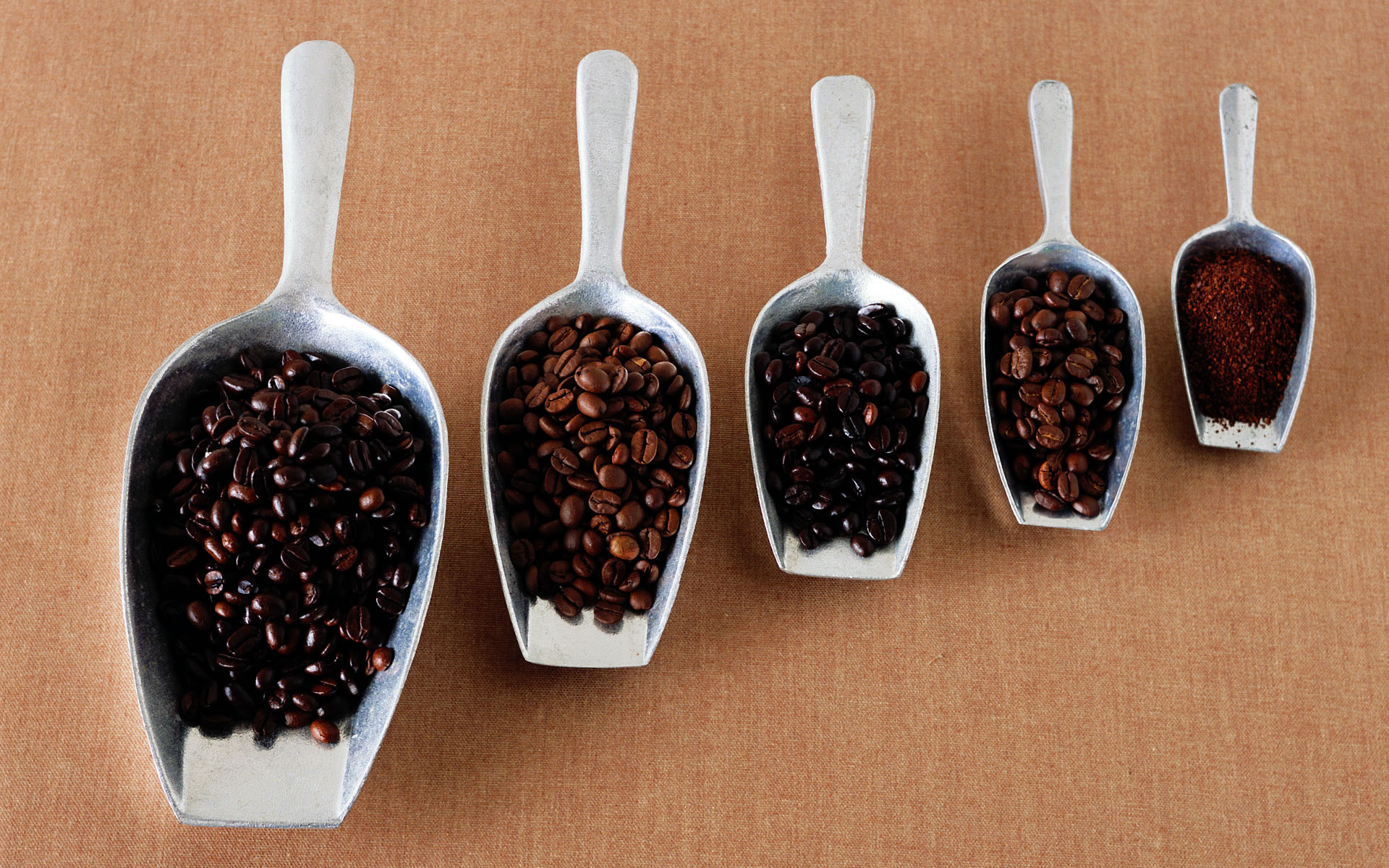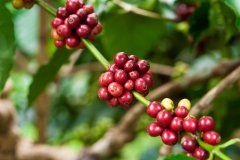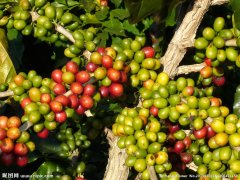Bean chopping machine vs. Selection of coffee grinder
First of all, we need to know why the coffee should be ground before drinking. Isn't that an obvious problem? No, this needs to be clear and clear before you read on. The purpose of coffee brewing is to make the substances in coffee beans uniformly dissolve in water. In order to dissolve better in a short time, we need to grind the coffee beans into powder, increase the surface area, and reduce the volume of each particle. This is the meaning of coffee beans traveling to pieces.
Back to today's topic, bean grinder. There are two kinds of bean grinders, the blade bean grinder (commonly known as bean chopping machine) and the plate grinding machine. The price of the leaf grinder is much lower than that of the plate grinder, but the performance-to-price ratio of the plate grinder is much higher, and the main advantage lies in the uniformity of the coffee powder. Let's analyze it separately.
Leaf bean grinder (commonly known as bean chopper)
The principle of the leaf grinder is similar to that of the juicer. They have sharp blades. After pressing the switch, the leaves rotate and begin to cut beans.
The main problem with the leaf grinder is the lack of control over the grinding degree, that is, the uniformity of the coffee beans, and the machine does not have any settings for grinding the beans. The only thing you have some control over is the amount of time you spend grinding beans. When the grinding time is prolonged, some finer ground coffee powder will be obtained.
Here are some common bean choppers. Such machines generally sell for about $18 in American supermarkets and about $150-¥200 for similar brands in China.
Although you can press the grinding bean button for a long time to get some finely ground coffee powder, the problem with this machine is that you will never get evenly ground coffee powder.
What causes it? This has something to do with the design principle of the machine. in the bean warehouse with high-speed rotating leaves, some coffee beans are miserable, scraped and smashed to pieces, while others are more lucky, only hurt the fur and basically preserve the whole body. Unfortunately, these whole-body preserved coffee beans do a lot of harm to our effective extraction of coffee during brewing.
Plate grinder
In contrast, the biggest advantage of the plate grinder is to provide a uniform degree of grinding, the size of the coffee powder is uniform, and statistically, the variance of the size distribution of coffee powder is very small.
The general plate grinder consists of the following parts: an upper bean warehouse for holding beans; a lower bean warehouse for holding ground coffee powder; and between them are two hard grinding plates that bite each other.

When the bean falls into the soybean warehouse under the influence of gravity, it must go through the baptism of the grinding plate in the middle. Because each bean will only go through such baptism once, in theory, each bean should be ground the same thickness.
Another advantage of the plate grinder lies in the free choice of the grinding degree, whether it is the rough grinding degree of the French kettle or the fine grinding beans of Italian coffee.
The principle of debugging is to change the distance between two grinding plates that bite each other. When the grinding degree is adjusted, the distance between the two grinding plates is increased, so that larger coffee powder particles can fall into the bean bin below through the grinding plate. Under the setting of fine grinding degree, only the finer coffee powder particles will fall into the soybean warehouse.
During grinding, if the particles have not reached the desired size, they will continue to be baptized between the grinding plates until they are transformed to the right size.
So, since you already have such good coffee beans, why not spend a little more to greatly improve the grinding quality of coffee beans and get a better cup of coffee? I won't say much about what to choose:)
Q & A
1) does the hand mill belong to a plate type bean grinder or a bean chopper?
Most of the hand mills belong to the type of grinding plate, and the general bean choppers boast that they are electric to increase everyone's desire to buy, but in fact, we suggest that we either choose a cheaper hand mill, but we need to spend more effort on itself. or choose an electric disc mill with a slightly higher price.
2) is there any further classification of the plate type bean grinder?
Yes, there are two kinds, flat knife mill (flat burr) and cone mill (conical burr), the following two pictures, their basic principles meet the description of the upper face grinding disc mill.
3) Why is the uniformity of coffee grinding important?
The art of coffee brewing lies in how to control each variable to make the final result taste ideal. These variables include water temperature, the thickness of grinding, the ratio of water to coffee powder, the length of cooking time, and so on. It's as if we have a function f (x1, x2, x3.) Corresponds to a final coffee taste y, where x1 represents the water temperature, x2 represents the degree of grinding, and so on. When dealing with these variables, we hope that the ground coffee powder is presented in a uniform appearance, rather than the emergence of so many individuals of uneven size that they cannot form a unified X input to affect the final Y input.
Collection and sharing
Important Notice :
前街咖啡 FrontStreet Coffee has moved to new addredd:
FrontStreet Coffee Address: 315,Donghua East Road,GuangZhou
Tel:020 38364473
- Prev

What is the acid in coffee? coffee flavor PH is the important flavor of coffee beans.
Acid acid is a chemical substance characterized by its sour taste. Acid is called acid in English and means sour in Latin. Chemically, the PH value of acid aqueous solution is less than 7, and the smaller the value is, the greater the acidity is. Many foods contain acidic compounds. Common foods include lemon, vinegar, yogurt or coffee. Coffee alone contains hundreds of acidic compounds, and then we
- Next

How to choose coffee beans? Choose fresh and delicious beans to preserve coffee beans and seal coffee beans.
Smell: fresh coffee beans smell strong fragrance, otherwise tasteless or bad smell. Look: good coffee beans are complete in shape and full in size. On the contrary, the shape is incomplete. Pressure: fresh coffee beans are pressed fresh and crisp, and the fragrance wafts out when they crack. Color: generally dark black coffee beans, the coffee brewed has a bitter taste. The coffee beans are yellow in color and the coffee is sour.
Related
- Beginners will see the "Coffee pull flower" guide!
- What is the difference between ice blog purified milk and ordinary milk coffee?
- Why is the Philippines the largest producer of crops in Liberia?
- For coffee extraction, should the fine powder be retained?
- How does extracted espresso fill pressed powder? How much strength does it take to press the powder?
- How to make jasmine cold extract coffee? Is the jasmine + latte good?
- Will this little toy really make the coffee taste better? How does Lily Drip affect coffee extraction?
- Will the action of slapping the filter cup also affect coffee extraction?
- What's the difference between powder-to-water ratio and powder-to-liquid ratio?
- What is the Ethiopian local species? What does it have to do with Heirloom native species?

